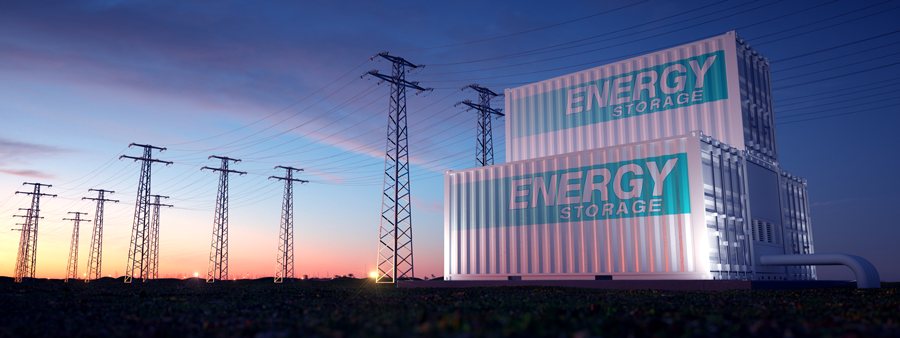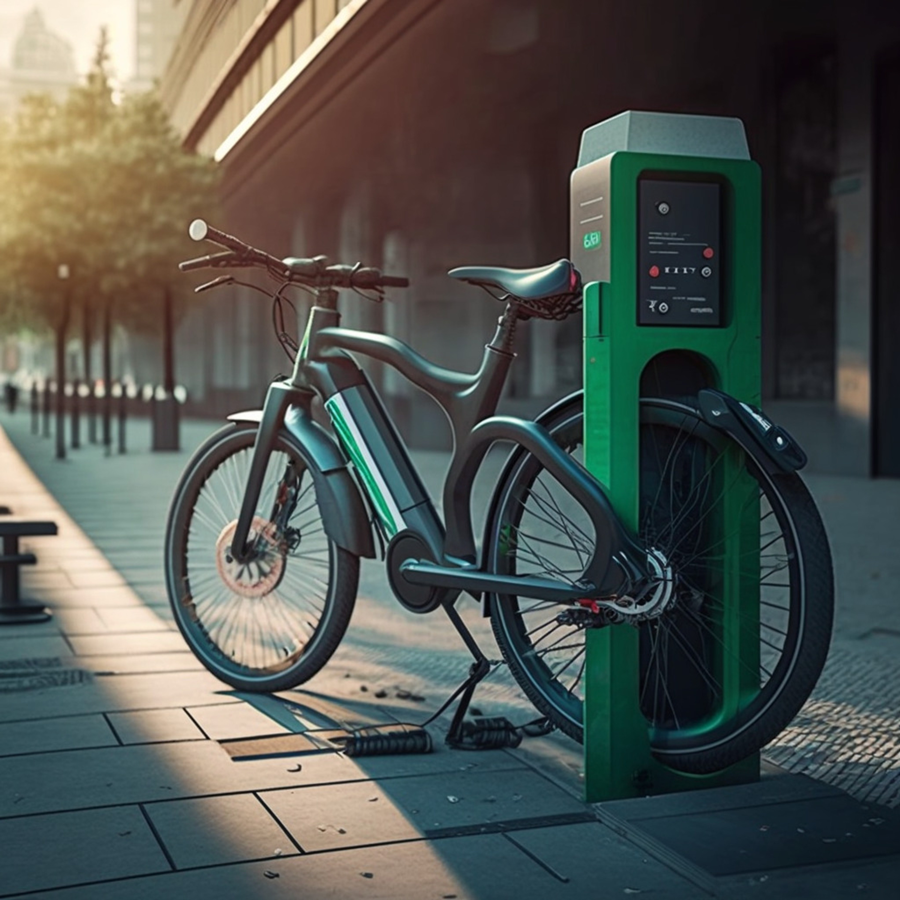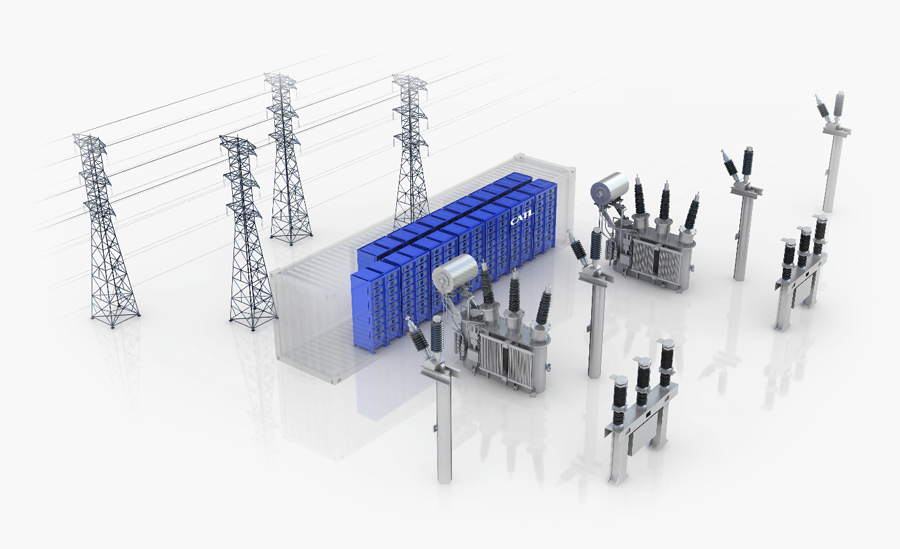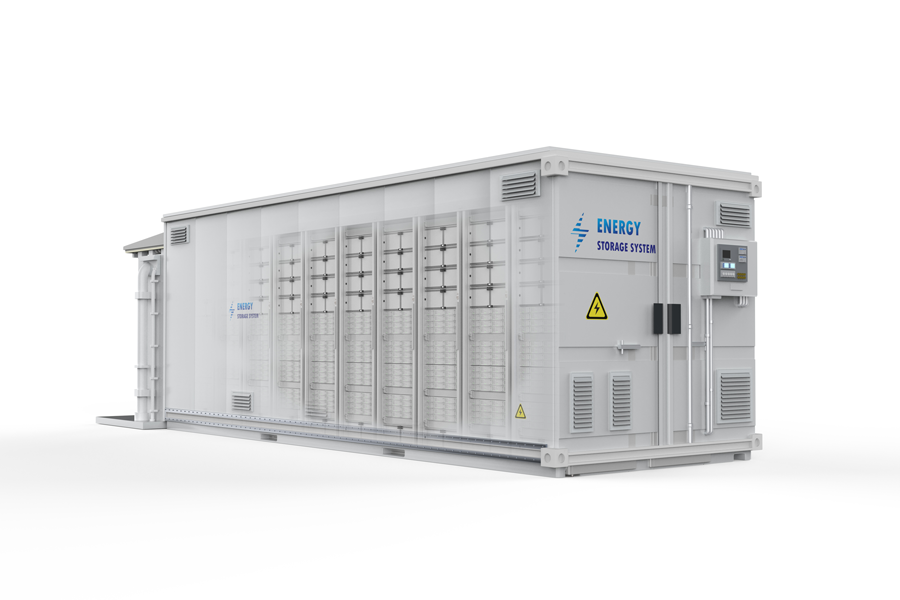background
Changing energy patterns have created an increased demand for flexible energy support services
Across the Nordic region, a thorough conversion to green renewable electricity production is underway, where wind, water and solar power in combination with an integrated European electricity market make it difficult for the Nordic electricity grid operators; Svenska Kraftnät in Sweden, Statnett in Norway, FinGrid in Finland and Energinet in Denmark to maintain stability in the power grids.
At the same time, in Svenska Kraftnät's forecasts, the demand for electrical energy in Sweden is expected to double over the next 20-year period, which could mean up to 890 hours (≈10%) of interruptions per year if reinforcements in the grid are not carried out. And similar forecasts apply across the Nordic region.
In order to face the new reality and maintain a stable electricity distribution, the operators have started to procure flexible resources and services to be able to guarantee a safe and stable electricity network.
In other words, the Nordic power system is becoming less predictable, which means major challenges when it comes to balancing the power system and maintaining power coverage. The expansion of solar energy and wind power, and thus the transition to a more modern power system, is expected to take place faster than previously assumed. The forecasts for consumption in Sweden, which were published only a few years ago, are already out of date.












